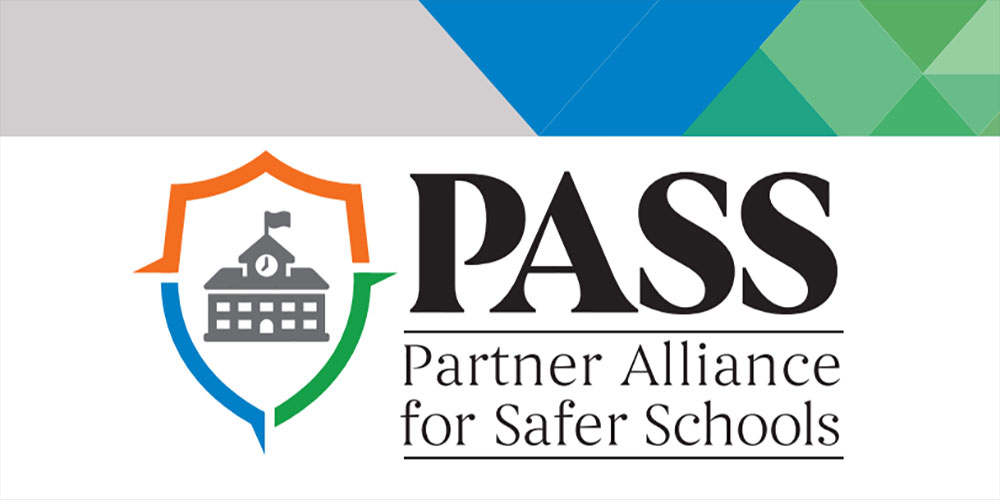Partner Alliance for Safer Schools (PASS) has released the sixth edition of its Safety and Security Guidelines for K-12 Schools, which offers comprehensive information on nationwide leading practices for securing school facilities.
The sixth-edition release – including updates to the Safety and Security Guidelines and the School Safety and Security Checklist – improves on previous versions of the PASS guidance, making it “more streamlined, easier to use and more reflective of K-12 schools’ evolving security needs and challenges,” the organization notes.
The PASS school security and safety guidelines are designed to provide school administrators, school boards and public safety and security professionals with a road map for implementing a layered and tiered approach to enhancing the safety of school environments and a tool to prioritize needs.
The guidelines describe approaches within five physical layers for school facilities: districtwide, the property perimeter, the parking lot perimeter, the building perimeter and the classroom/interior perimeter. Within each layer, the resource outlines key safety and security components, such as policies and procedures, people (roles and training), architectural components, communication, access control, video surveillance and detection and alarms.
The guidelines are designed to provide stakeholders with specific actions that can effectively raise the baseline of security, vetted security practices specific to K-12 environments, objective and reliable information on available safety and security technology, multiple options for addressing security needs and the ability to distinguish needed and effective solutions from sales pitches or unnecessary products.
PASS Guidelines Version 6 Updates
New to the sixth-edition guidelines are the following features:
- More focused leading practice recommendations to identify needed areas of improvement by separating the tier continuum practices that are already required by federal law or regulation or are already uniformly implemented throughout the United States.
- Redesignated tiers for clarity, which recommend that all schools and districts work toward Tier 1 measures regardless of location, budget, or risk profile. If Tier 1 measures are in place, all should work toward Tier 2. Tiers 3 and 4 measures may be needed depending on an assessment from the core security team.
- Enhancements to the section on classroom security, a critical area for school safety. This section is simplified and updated with current terminology, illustrations, and recommendations consistent with modern, code-compliant door hardware and access control equipment.
- A new Enhanced Technologies section detailing solutions under consideration by many schools and districts that show potential for making significant improvements to school safety but may not yet be widely adopted. These include newer technologies in the areas of weapons detection, analytics, emergency communications, and biometrics.
The latest guidelines are available at no cost on the PASS website along with a matching checklist tool.













